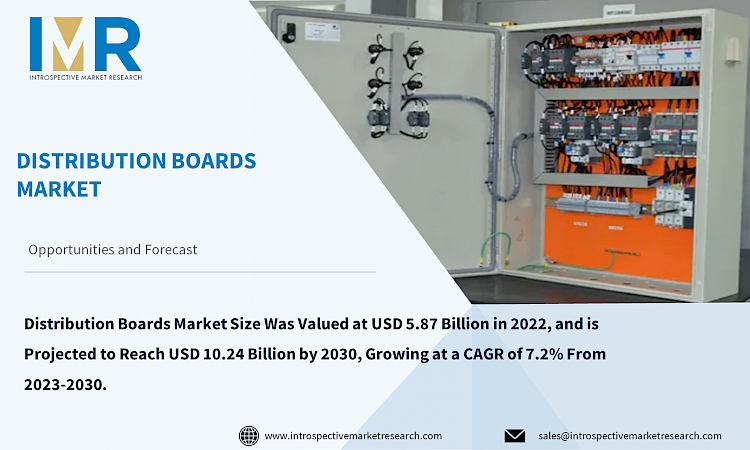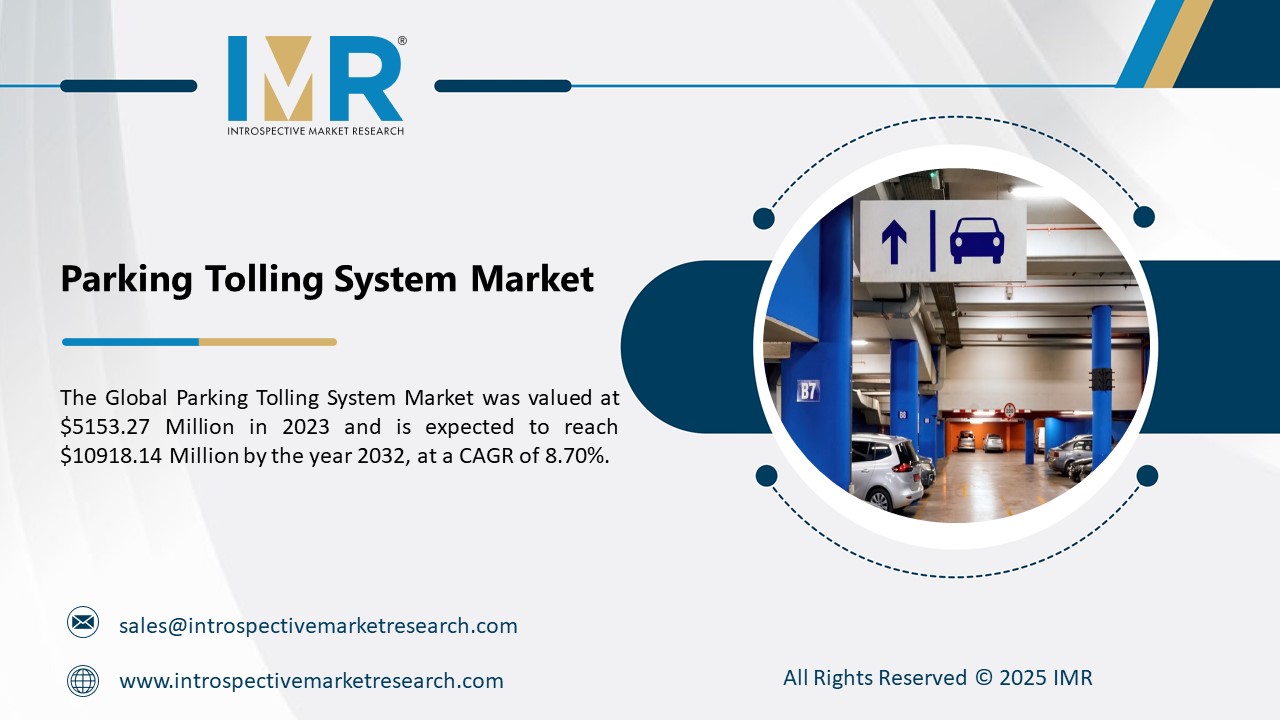Introduction to Distribution Boards:
Distribution Boards Market Size Was Valued at USD 5.87 Billion in 2022, and is Projected to Reach USD 10.24 Billion by 2030, Growing at a CAGR of 7.2% From 2023-2030.
Distribution boards, also commonly referred to as electrical panels or breaker boxes, are fundamental components of electrical systems that play a pivotal role in power distribution and circuit protection within residential, commercial, and industrial settings. These essential enclosures house circuit breakers, fuses, and other protective devices that control and distribute electrical energy from the main power source to various circuits throughout a building. Distribution boards serve as the central hub for managing electricity, ensuring it is safely and efficiently delivered to different appliances, lighting, and equipment. Distribution boards come in various sizes and configurations to accommodate the specific electrical needs of a given application. They are designed to safeguard against electrical overloads, short circuits, and faults, preventing potential hazards and damage to connected devices.
Major Key Players:
- Eaton
- ABB
- Schneider Electric
- NHP Electrical Engineering Products Pty Ltd
- Legrand
- Omran Holding Group
- General Electric
- IEM
- S. J. Controls
- ESL
- Ap Power Technologies
- LynTec
- SDK Power Tech
- East Coast Power Systems.
Market Dynamics and Factors Influencing Growth:
Drivers:
Primary drivers for the distribution boards market are the ongoing global construction boom and infrastructure development. As urbanization continues to increase, there is a rising demand for residential, commercial, and industrial buildings. Each of these structures requires electrical distribution systems with distribution boards at their core to efficiently manage and distribute electrical power. Additionally, infrastructure projects such as airports, railways, and smart cities also rely heavily on distribution boards for power distribution and control. This sustained growth in construction and infrastructure development is a key driver propelling the distribution boards market forward.
Restraints:
Economic fluctuations and uncertainties can restrain the distribution boards market. During periods of economic downturns or recessions, construction and infrastructure projects may be delayed or scaled back, leading to reduced demand for distribution boards. Companies and consumers alike may also postpone investments in electrical systems, impacting market growth. Additionally, supply chain disruptions and fluctuating material costs can affect manufacturing and pricing, further impacting the market's stability during uncertain economic times.
Opportunities:
The emergence of smart and IoT-enabled distribution boards presents a substantial opportunity for market growth. These advanced distribution boards offer real-time monitoring, remote control, and data analytics capabilities. They can optimize energy usage, enhance system reliability, and enable predictive maintenance, making them attractive for both residential and industrial applications. As the world becomes increasingly connected, the demand for smart distribution boards is expected to surge, offering manufacturers opportunities for innovation and expansion into emerging markets.
Distribution Boards Market Segmentation:
By Voltage Type
- Low Voltage
- Medium Voltage
- High Voltage
By End User
- Transmission & Distribution Utilities
- Manufacturing & Process Industries
- Commercial & Residential Infrastructure
- Others
Voltage Type: The Low Voltage Distribution Market is segmented and anticipated based on voltage type due to the critical role voltage plays in electrical systems. Low voltage distribution refers to systems operating at voltages typically below 1,000 volts, commonly used in residential, commercial, and some industrial applications.
End User: The segmentation of the Distribution Boards Market by end-user categories, specifically Transmission and distribution Utilities, is driven by the unique requirements of these entities in managing and distributing electrical power.
For this report, Introspective Market Research has segmented the Distribution Boards Market based on region:
Regional Outlook (Revenue in USD Million; Volume in Units, 2023-2030)
Asia Pacific: The rapid growth of the construction and industrial sectors in the Asia Pacific region has been a driving force behind its position as the largest market for distribution boards. As countries within Asia Pacific experience urbanization, industrialization, and expanding populations, there is an ever-increasing demand for residential, commercial, and industrial infrastructure.
North America: The largest market for distribution boards can be attributed to several factors, including a mature construction sector with relatively stable demand, stringent adherence to safety standards and regulations that encourage the replacement of aging electrical infrastructure, and a growing emphasis on energy efficiency and smart grid technologies
North America
- The U.S.
- Canada
- Mexico
Eastern Europe
- Russia
- Bulgaria
- The Czech Republic
- Hungary
- Poland
- Romania
- Rest of Eastern Europe
Western Europe
- Germany
- UK
- France
- Netherlands
- Italy
- Spain
- Rest of Western Europe
Asia Pacific
- China
- India
- Japan
- Singapore
- Australia
- New-Zealand
- Rest of APAC
Middle East & Africa
- Turkey
- Saudi Arabia
- Qatar
- UAE
- Israel
- South Africa
South America
- Brazil
- Argentina
- Rest of SA








